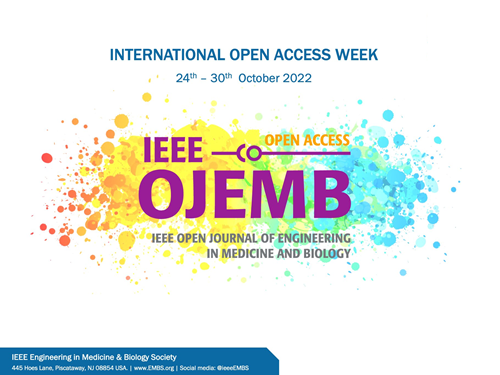Fetal Health Prediction From Cardiotocography Recordings Using Kolmogorov–Arnold Networks
IF 2.9
Q3 ENGINEERING, BIOMEDICAL
IEEE Open Journal of Engineering in Medicine and Biology
Pub Date : 2025-03-10
DOI:10.1109/OJEMB.2025.3549594
引用次数: 0
Abstract
利用Kolmogorov-Arnold网络从心脏造影记录中预测胎儿健康
目的:心电监护仪(CTG)是一种广泛应用于产程胎儿健康监测的设备。然而,由于数据的复杂性和非线性性质,其解释仍然具有挑战性。因此,本文旨在提出一种可靠的预测胎儿健康的机器学习模型。方法:本文介绍了使用Kolmogorov-Arnold网络(KANs)从CTG记录(统计特征)预测胎儿健康的最先进方法。在前馈神经网络中,卷积神经网络被认为是传统传递函数方法的有力竞争者。该方法利用KANs强大的功能来建模CTG数据中复杂的关系,从而提高了分类精度。我们在一个公开可用的CTG数据集上验证了我们的方法,该数据集由获得的记录和标记的胎儿健康状况的统计特征组成。结果:结果表明,KANs优于传统的机器学习模型,两类和三类分类任务的平均分类准确率分别达到93.6%和92.6%。结论:我们的研究结果表明,KAN模型在处理CTG记录中固有的非线性方面特别有效,使其成为增强自动胎儿健康评估的有前途的工具。
本文章由计算机程序翻译,如有差异,请以英文原文为准。
求助全文
约1分钟内获得全文
求助全文
来源期刊

IEEE Open Journal of Engineering in Medicine and Biology
ENGINEERING, BIOMEDICAL-
CiteScore
9.50
自引率
3.40%
发文量
20
审稿时长
10 weeks
期刊介绍:
The IEEE Open Journal of Engineering in Medicine and Biology (IEEE OJEMB) is dedicated to serving the community of innovators in medicine, technology, and the sciences, with the core goal of advancing the highest-quality interdisciplinary research between these disciplines. The journal firmly believes that the future of medicine depends on close collaboration between biology and technology, and that fostering interaction between these fields is an important way to advance key discoveries that can improve clinical care.IEEE OJEMB is a gold open access journal in which the authors retain the copyright to their papers and readers have free access to the full text and PDFs on the IEEE Xplore® Digital Library. However, authors are required to pay an article processing fee at the time their paper is accepted for publication, using to cover the cost of publication.
 求助内容:
求助内容: 应助结果提醒方式:
应助结果提醒方式:


